
views
X
Research source
Read on to find out how to say "good afternoon" in Spanish, as well as how to greet specific people you might encounter.
Saying "Good Afternoon"
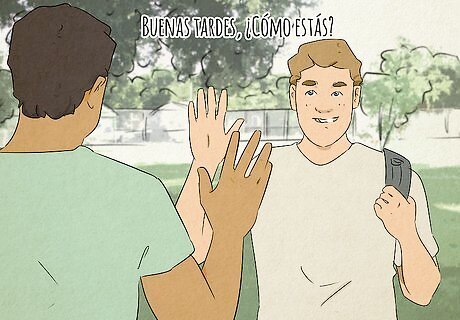
Use "buenas tardes" to say "good afternoon." Spanish speakers tend to use this phrase from any time after noon until the sun goes down. There isn't really a "good evening" in Spanish, so "good afternoon" stands in for both. After nightfall, "buenas noches" means either "good evening" or "good night," depending on the context. "Buenas tardes, ¿Cómo estás?" (Good afternoon, how are you?) Just as in English, this phrase can also be used as a goodbye. For example, you might say, "Tenga buenas tardes." (Have a good evening.)
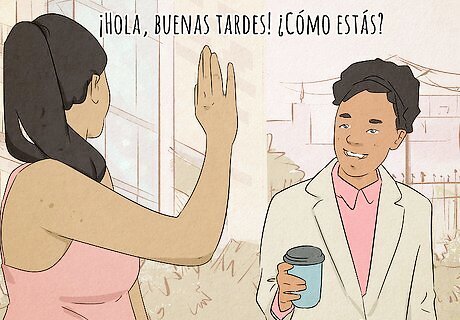
Say "hola" before you say "buenas tardes." Spanish speakers tend to combine these to greetings together. If you do the same, you'll probably sound a little more comfortable with the language. "¡Hola, buenas tardes! ¿Cómo estás?" (Hello, good afternoon! How are you?) "Hola, buenas tardes. ¿Puedes ayudarme?" (Hello, good afternoon. Can you help me?)
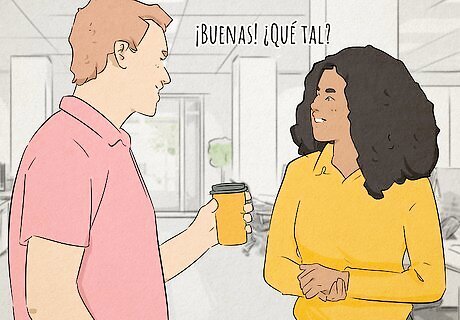
Shorten your greeting to "buenas" for a more casual greeting. This is considered more informal than the full "buenas tardes," so you wouldn't want to use it with strangers. But if you're greeting friends or even acquaintances around your own age, this is a fine way to say "good afternoon." "¡Buenas! ¿Qué pasa?" (Good afternoon! What's happening?) "¡Buenas! ¿Qué tal?" (Afternoon, what's up?)
Addressing Specific People in the Afternoon
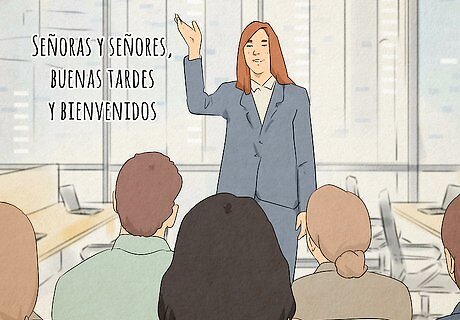
Add a title to your greeting to be more polite. Spanish-speaking cultures tend to be rather formal. A title is appropriate anytime you're greeting someone who is older than you or in a position of authority. "Buenas tardes para usted también, señor." (Good afternoon to you as well, sir.) "Le deseo buenas tardes, señor." (I bid you good afternoon, sir.) "Señoras y señores, buenas tardes y bienvenidos." (Ladies and gentlemen, good afternoon and welcome."
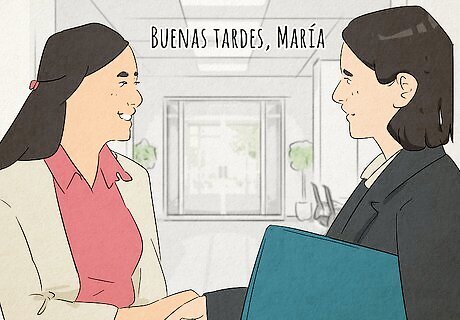
Say the person's name after your greeting to be more personal. Often, you would greet someone by name if you were just introduced to them. But if you see someone you know, you might also say their name when you greet them, just for a little extra flair. "Buenas tardes, María." (Good afternoon, Maria.) "¡Pedro, buenas tardes! ¿Qué pasa?" (Pedro, good afternoon! What's happening?)
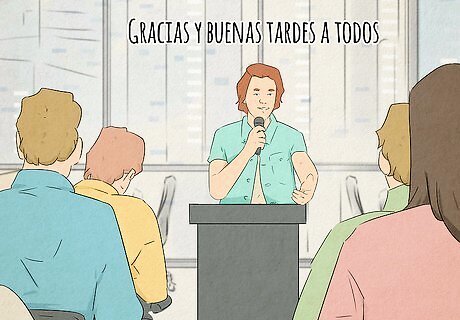
Include the phrase "a todos" to address a group. In most Spanish-speaking communities, it's customary to greet each person in a group individually. But if you're approaching a group of people who you already know, it's fine to greet them all at once. You'd also do this if you were giving a presentation or leading a meeting. "Gracias y buenas tardes a todos." (Thank you and good afternoon, everyone.) "Buenas tardes a todos. Tomen asiento, por favor." (Good afternoon, everyone. Please be seated.)














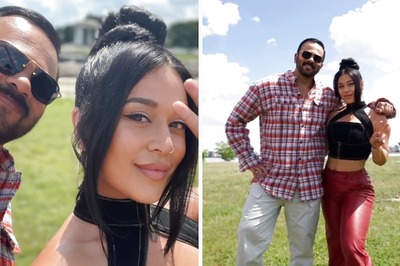

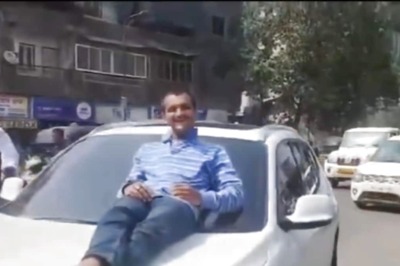


Comments
0 comment